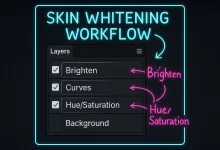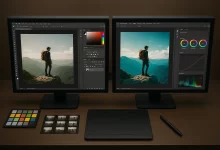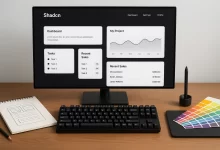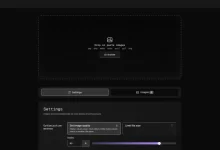In 2025, the design software landscape has transformed remarkably, driven by rapid advancements in artificial intelligence, collaborative workflows, and intuitive user experiences. Designers today enjoy tools that not only amplify creativity but also streamline the entire workflow, fostering innovation and efficiency.
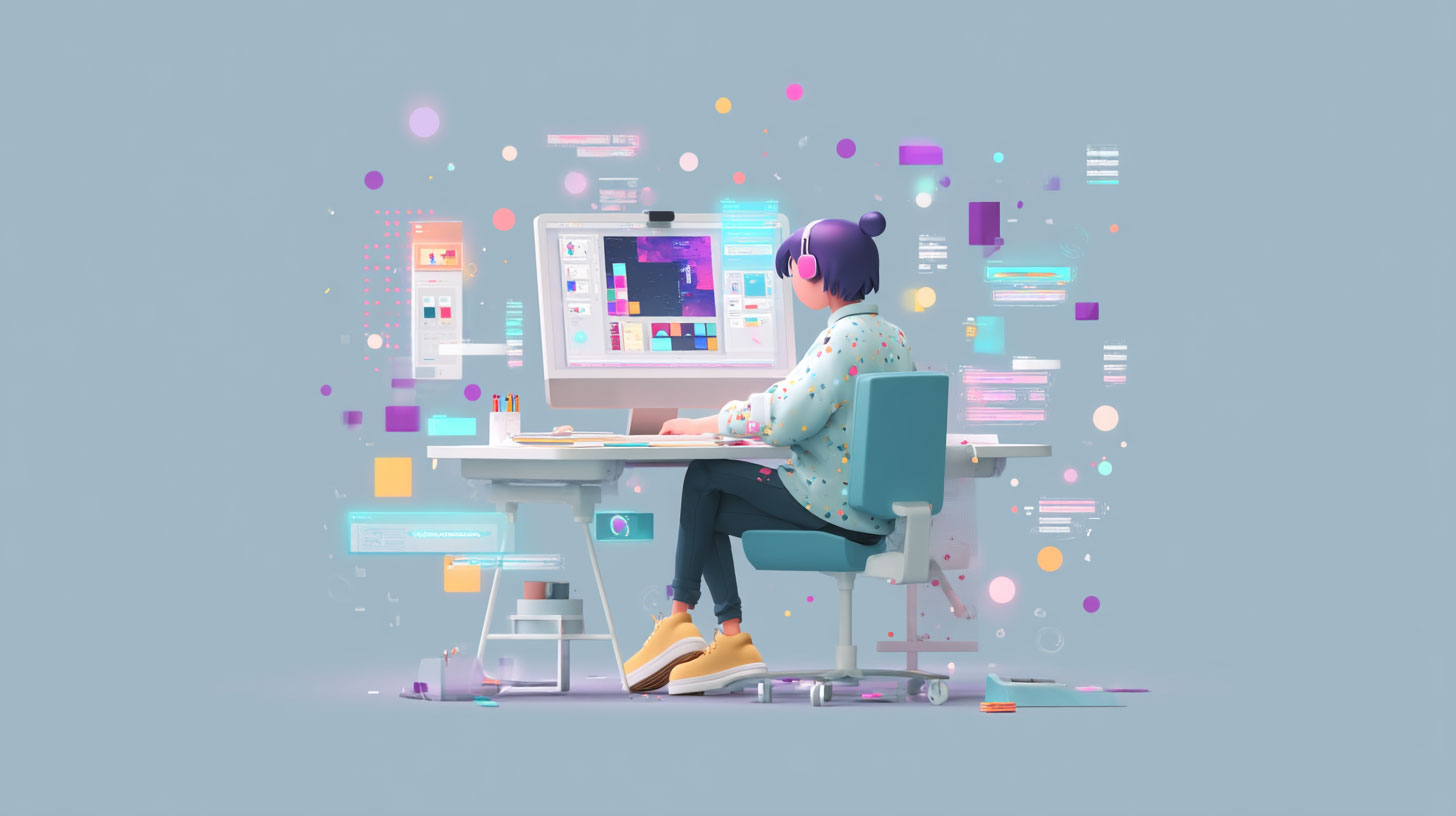
Figma: The Pioneer of Real-Time Collaboration
Figma remains the leading platform for collaborative design, empowering remote teams with real-time, cloud-based capabilities. Its recent AI-driven enhancements provide automatic layout suggestions, simplifying the iterative design process and significantly boosting productivity.
Adobe XD: AI-Enhanced Prototyping Power
Adobe XD has introduced impressive AI-driven prototyping features, enhancing designers’ ability to simulate and refine user interactions effortlessly. Integration with Adobe’s Creative Cloud suite ensures seamless transitions across different design stages, reinforcing its position as an essential tool for professionals.
Sketch: Optimized and Collaborative for Mac Users
Continuing its popularity among Mac-centric teams, Sketch has refined its user interface, making it more responsive and intuitive. Significant improvements in collaborative features and plugin integrations help design teams execute sophisticated projects more efficiently.
Affinity Designer: Affordable, Powerful Design
Affinity Designer stands out as a cost-effective alternative, delivering professional-quality tools without recurring subscription fees. Its versatile vector and raster capabilities make it increasingly popular among freelancers, startups, and small businesses, enhancing accessibility to advanced design tools.

Canva: Democratizing Professional Design
Canva continues to simplify professional-quality graphic design for users of all skill levels. Its expanded AI-driven design assistance and vast template collection empower anyone to produce stunning visuals quickly and effortlessly, bridging the gap between professional designers and casual creators.
Looking Forward
The evolution of design software in 2025 highlights a clear trajectory toward more intuitive, AI-driven, and collaborative tools. By focusing on user-centric innovations and efficiency, these platforms are shaping a future where creativity thrives, unbounded by technical limitations.

 FoxDoo Technology
FoxDoo Technology


